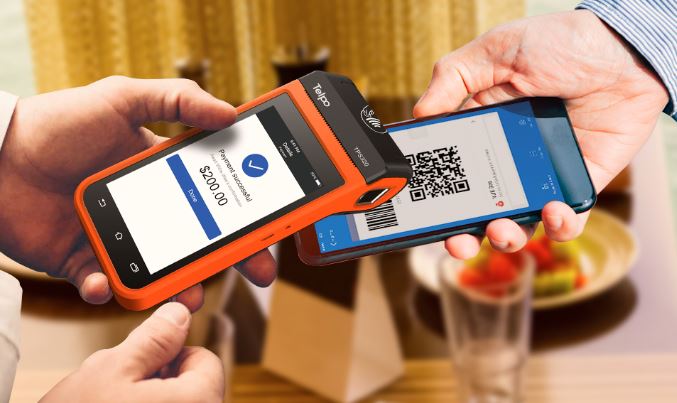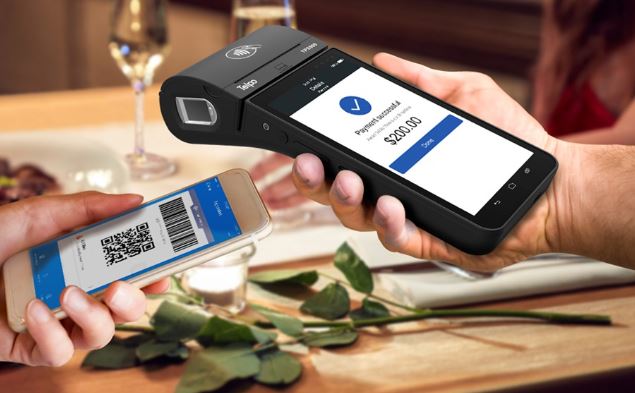Setting up and managing taxes in your POS system is as crucial as selecting the finest ingredients for your oatmeal cookies. It ensures accuracy in transactions, compliance with regulations, and a smooth financial process. Here’s a concise guide to navigating the world of taxes in your POS system.

1. Navigate to Settings
Initiate the process by accessing the settings menu on your POS system. This step is comparable to preparing your kitchen before baking—setting the foundation for a seamless experience.
2. Locate Tax Settings
Within the settings, locate the section specifically dedicated to taxes.
3. Define Tax Rates
Start by defining tax rates applicable to your business location. This could include state, county, or city taxes. Input these rates, similar to precisely measuring ingredients for your oatmeal cookies.
4. Choose Tax-Inclusive or Exclusive Pricing
Decide whether your product prices will include or exclude taxes. This decision is akin to determining if your recipe instructions include or exclude certain elements. Make the choice that aligns with your business model.
5. Specify Taxable Items
Identify which items in your inventory are taxable. This is comparable to categorizing ingredients—differentiating between those that contribute to the tax calculation and those that don’t.
6. Implement Tax Exemptions
Accommodate tax exemptions if applicable. This could be for specific products or customers. Much like accommodating dietary preferences in your oatmeal cookies, this step ensures flexibility in your tax structure.
7. Set Up Location-Based Taxes
If your business operates in multiple locations, set up location-based taxes. This mirrors adjusting recipes based on regional preferences—ensuring compliance with varying tax regulations.
8. Integrate with Accounting Software
For streamlined financial management, integrate your POS system with accounting software.
9. Test the Tax Configuration
Before launching, test your tax configuration to ensure accuracy. This step is like conducting a taste test during cooking—ensuring everything blends harmoniously and meets expectations.
10. Train Staff on Tax Procedures
Train your staff on tax procedures and ensure they understand the tax implications of transactions. Similar to a team following a recipe, this guarantees consistency in applying tax rules.
11. Regularly Update Tax Rates
Stay informed about changes in tax rates and update your POS system accordingly. This step is like staying updated on ingredient availability for your oatmeal cookies—ensuring your recipe remains current.
12. Utilize Automated Tax Calculations
Opt for POS systems that offer automated tax calculations. This is comparable to using modern kitchen appliances—streamlining processes and reducing the likelihood of errors.
13. Monitor Tax Reports
Regularly monitor tax reports generated by your POS system. This is akin to reviewing your recipe to identify any adjustments needed for the next batch.
14. Seek Professional Advice
If unsure about tax regulations, seek professional advice. Much like consulting an experienced baker for recipe tips, professional guidance ensures you navigate tax complexities effectively.
15. Keep Records for Auditing
Maintain detailed records of your tax transactions for auditing purposes. Similar to keeping a log of your cooking steps, this ensures transparency and compliance.
16. Implement Tax-Related Promotions
Explore utilizing tax-related promotions or discounts during specific periods. This strategy is similar to offering a discount on oatmeal cookies during a special event, attracting more customers.
17. Engage with Local Tax Authorities
Establish open communication with local tax authorities to stay informed about any changes or updates. This proactive approach is like seeking feedback on your oatmeal cookie recipe from local experts.
18. Conduct Employee Refresher Training
Regularly conduct refresher training for your staff on tax-related procedures. This practice ensures everyone stays sharp, much like revisiting your oatmeal cookie recipe to maintain its perfection.
Mastering the setup and management of taxes in your POS system is a recipe for financial success, akin to perfecting your oatmeal cookies. Following these steps ensures accuracy, compliance, and a seamless financial process in your business.
